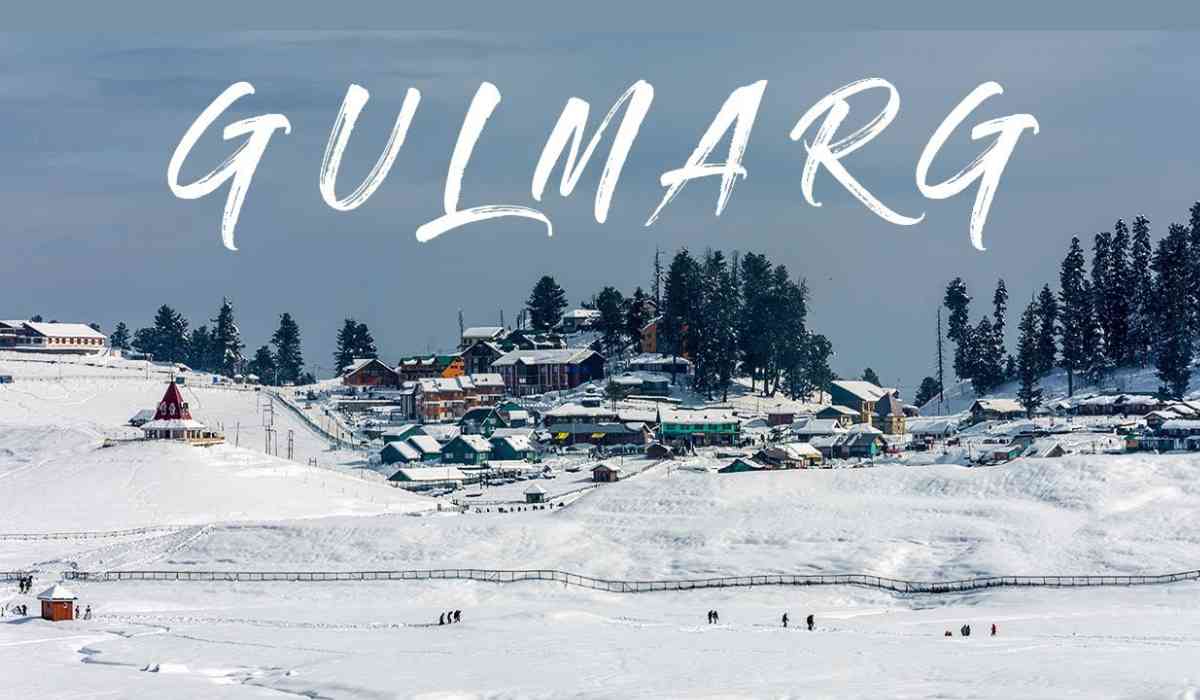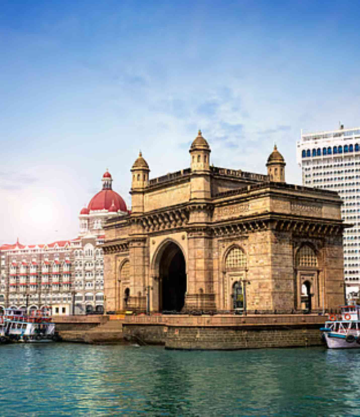The picturesque Gulmarg ski resort, nestled in the heart of North Kashmir's Baramulla district, experienced a delightful surprise on Sunday as light snowfall graced its pristine slopes. This unexpected dusting of snow came as a welcome break from a prolonged dry spell that had enveloped the region.
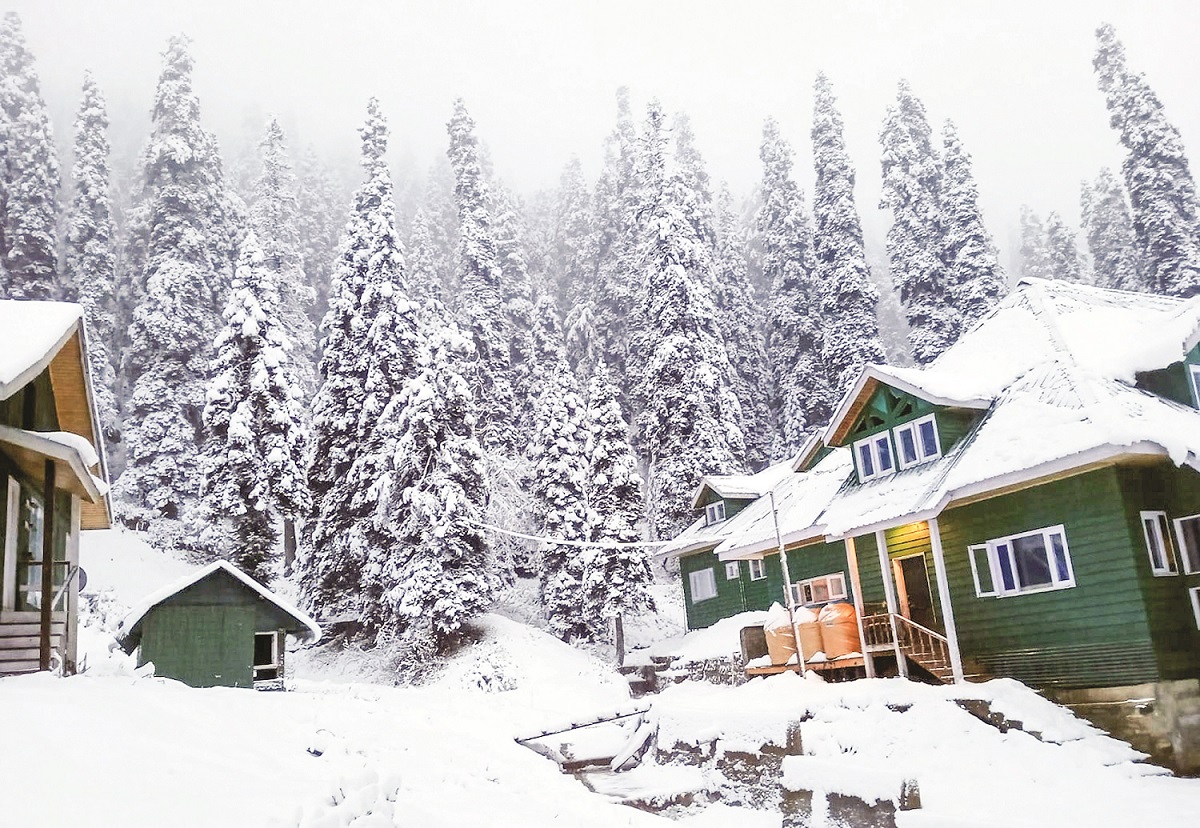
Temperature Takes a Chilly Dip
The Director of the Meteorological Department, Sonam Lotus, shared the meteorological scoop, stating, "There was a light snowfall in the upper reaches of Gulmarg last night. The ski resort also recorded an abrupt decrease in temperature." Indeed, the maximum temperature at the ski resort on Sunday dropped to 15 degrees Celsius, a notable 3 degrees Celsius lower than the previous day.
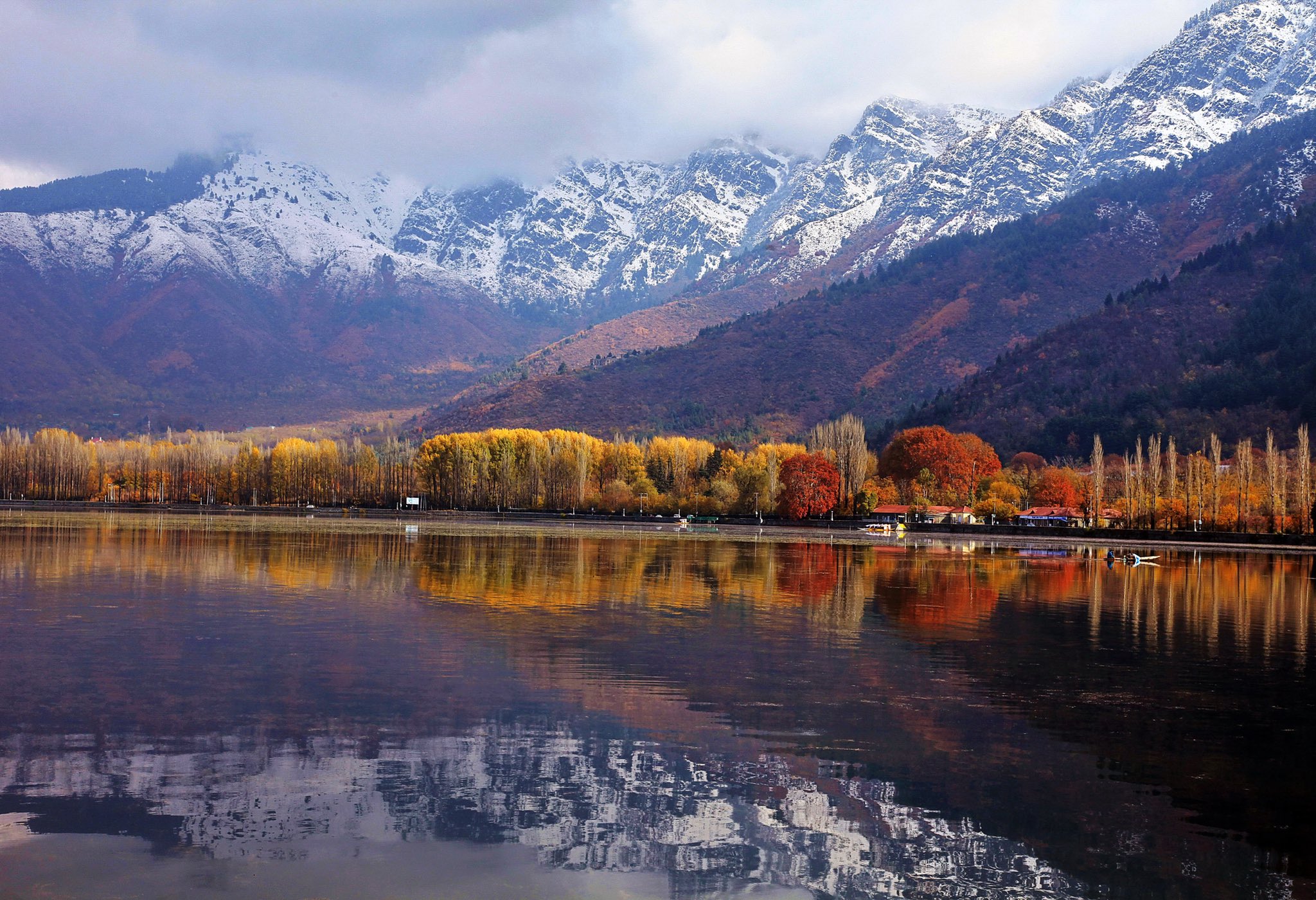
Refreshing Rain Relieves Kashmir Plains
While the upper reaches of Gulmarg celebrated the early taste of winter, the plains of Kashmir received a refreshing drenching of rain in the evening. These rains were a welcome respite from the scorching heat wave that had gripped the region. Meteorological officials predicted that the showers would continue for approximately four hours before giving way to better weather conditions starting Monday morning. Fortunately, there were no forecasts of heavy rainfall.
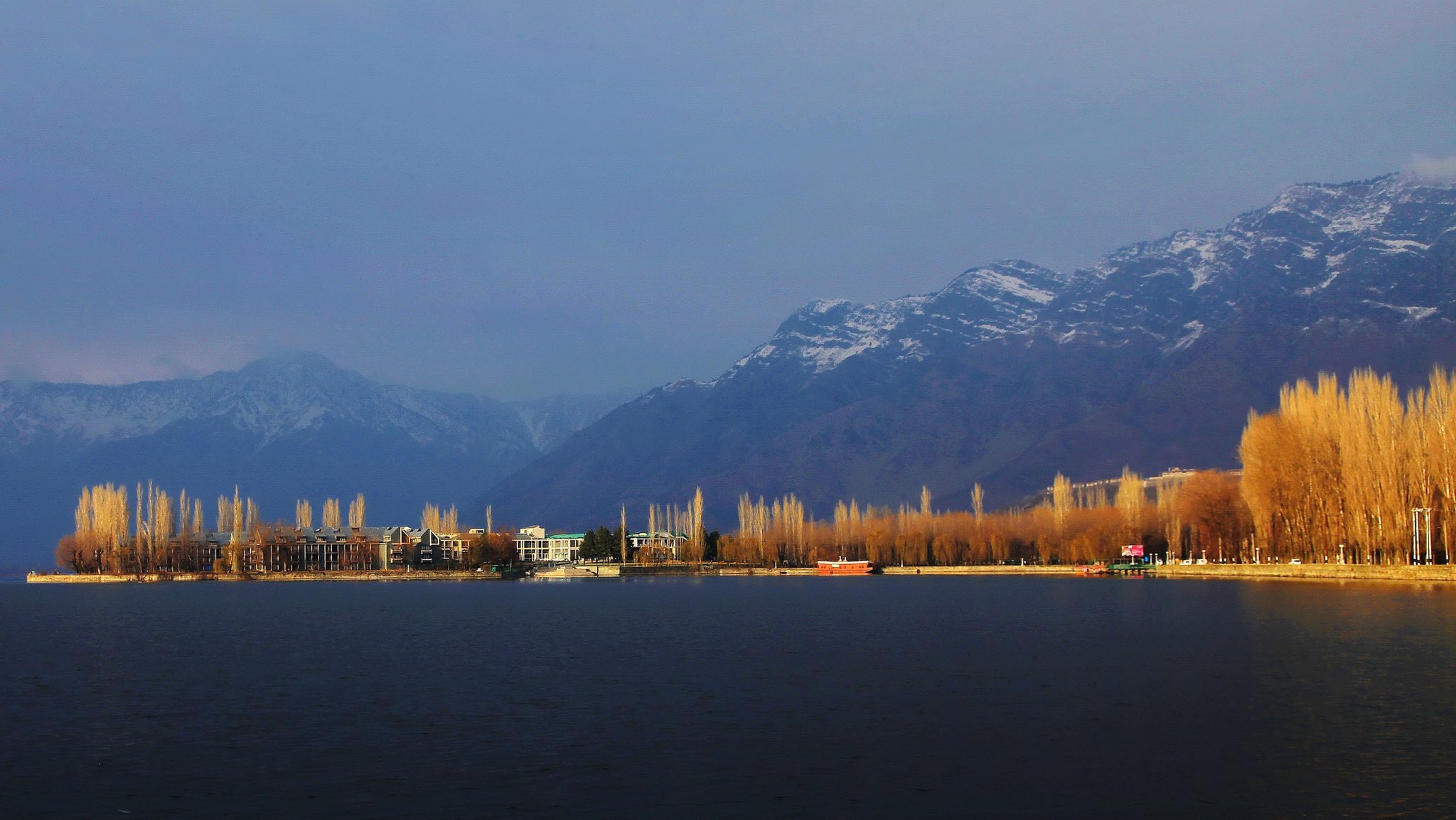
A Bitter-Sweet Relief for a Parched Land
Kashmir had been suffering under an unprecedented heat wave throughout the summer, causing distress to the agricultural sector, especially apple and paddy crops. On September 12, Srinagar experienced its second-highest maximum temperature for September since records began in 1891, soaring to a blistering 34.2 degrees Celsius, narrowly missing the all-time high of 35 degrees Celsius set in 1934.
Qazigund and Kokernag, too, witnessed record-breaking temperatures, compounding the challenges faced by the region. The relentless heat led to the premature ripening of crops, disrupting their growth cycle and adversely affecting both quality and quantity.
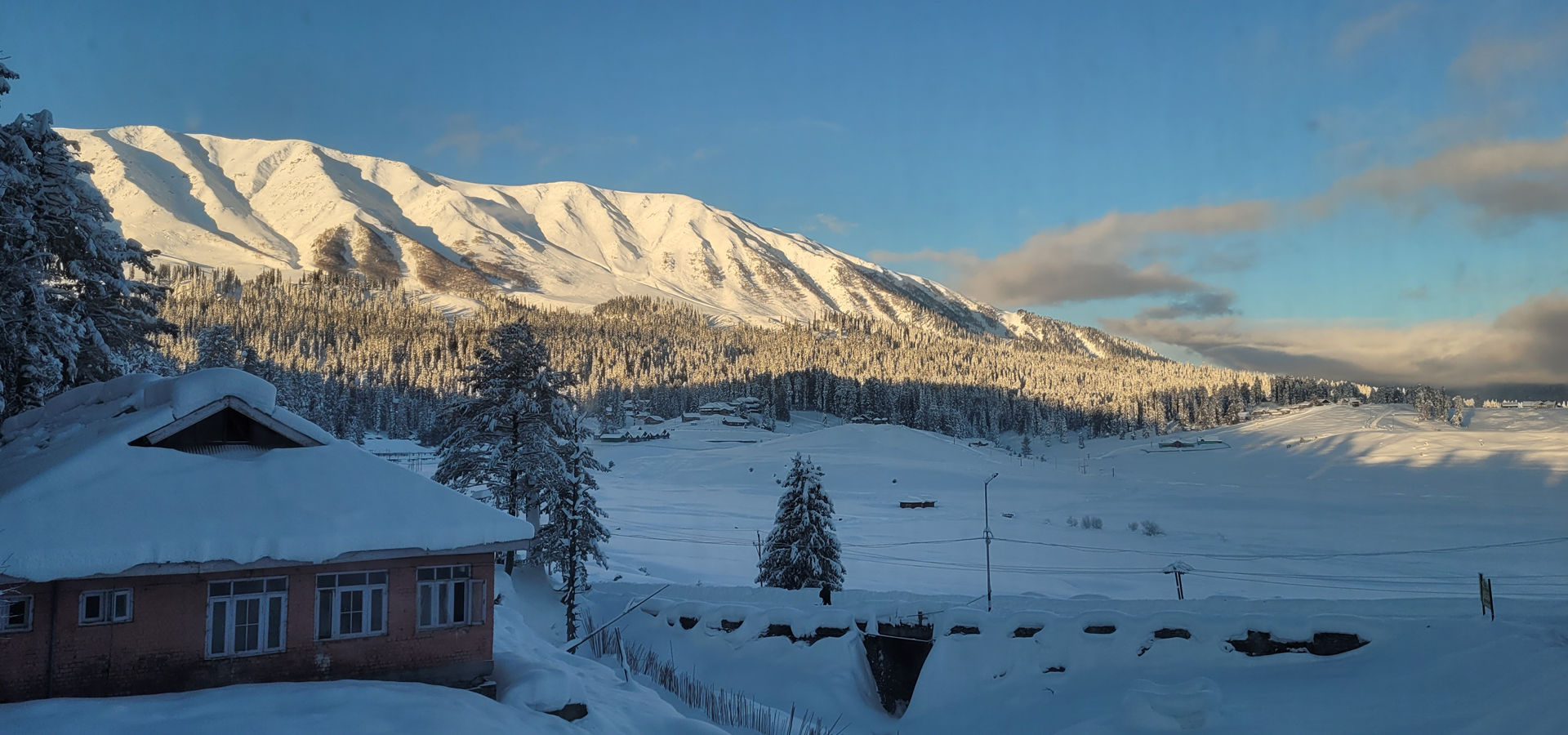
Rainfall Deficiency Looms Large
In addition to the heat wave, the region faced a significant rainfall deficit. While the average September rainfall in Kashmir typically measures 75 mm, the region received a mere 20 mm of precipitation, leaving a substantial 55 mm shortfall. Several months witnessed over 80 percent deficient rainfall, and Srinagar, the summer capital, recorded its lowest rainfall in 25 years for the month.
Meteorological data reveals that Srinagar received only 9.2 mm of rainfall, reflecting an 86 percent deficit. The previous record for the lowest rainfall in Srinagar stood at 8.8 mm in 1998, with an all-time low of 2.7 mm dating back to 1987. The recent rainfall and snowfall provide a glimmer of hope for a region longing for relief from both the heat and the parched earth.
© Copyright 2023. All Rights Reserved Powered by Vygr Media.

